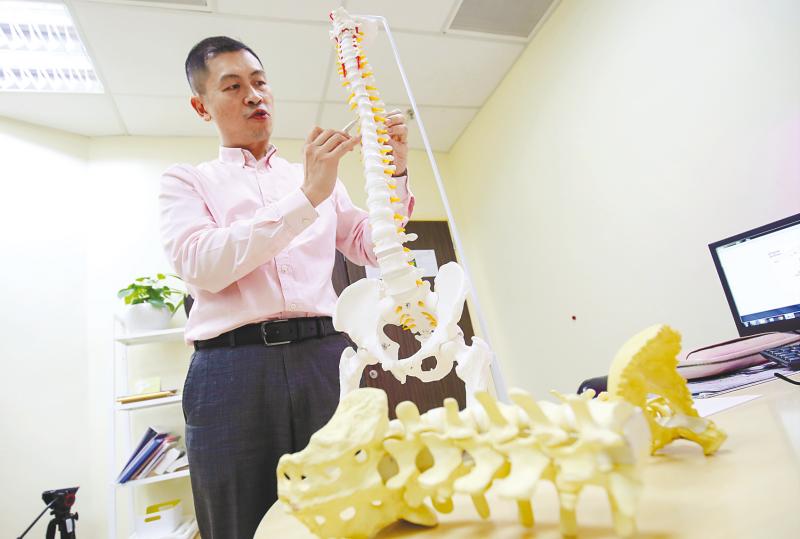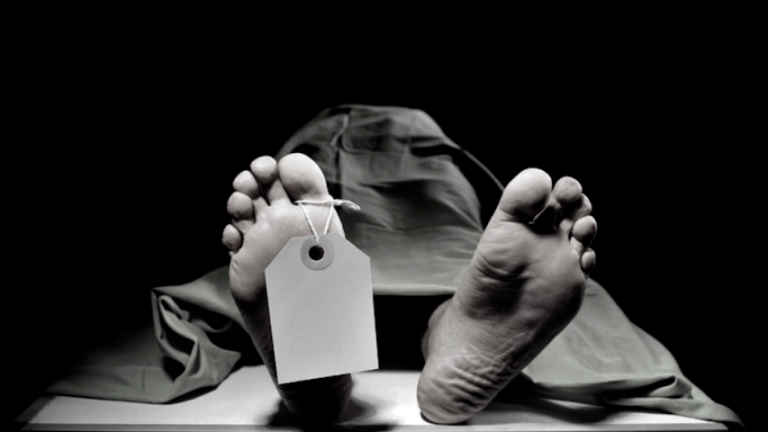THE jelly-like disc in-between the bones of your spinal column naturally degenerates with wear and tear as you age.
Divided into five parts – cervical spine, the thoracic spine, the lumbar spine, pelvis and the coccyx – your spinal column is responsible for providing stability when you stand upright and walk.
The spinal column also does the key job of housing your spinal cord that runs all the way from your brain to the lumbar area.
“The spinal cord is very important for our brain to carry signals from our brain all the way to our upper limb and our lower limbs,” says consultant neurosurgeon at Thomson Hospital Kota Damannsara Dr Sia Sheau Fung. “That’s the way our brain controls our limbs.”
Along the vertebrae body, lies essential nerve roots that help us carry sensory signals and control our mobility, including daily tasks like holding a pen, showering, and brushing your teeth, he adds.
While the ageing process will cause inevitable degeneration of the spine, degenerative spine disease is a condition that arises when discs (that harden as we grow older), put pressure on any of the surrounding nerve roots.
According to Sia: “Everybody ages. Everybody gets degenerated discs. As long as they are not coming into contact with the traversing nerve roots [and] there are no symptoms, we leave it be.
However, when a “herniated disc or a degenerated disc that gets more and more problematic,” by pinching on the nerve roots, persistent symptoms like neck pain, numbness, feeling pins and needles, and lower back pain should be an indication that “doctors have to intervene.”
The pain or discomfort you feel depends on which part of your spinal column is affecting your nerve roots. The cervical spine corresponds with your upper limbs, while the lumbar is responsible for your lower limbs.
“This is part of the main puzzle for the whole degenerative changes – they will present you with the pain first.
The initial pain can typically be resolved through physiotherapy and even over the counter medication says Sia but if the pain is prolonged and “they have weakness like unable to spoon themselves – all these are alarming signals for the patient to seek medical health.
Sia said: “All these motor functions might be seriously affected due to the pinched nerve or due to a prolapsed disc that impinge on the cord.”
The condition tends to happen more with the elderly, although younger patients can be afflicted through improper impact on your spinal column from activities like weightlifting or the gym.
If you fear surgery might be your only option to banish your pain, the neurosurgeon stresses that in 85% of patients, “degenerative cases can be managed conservatively and expectantly.”
He said: “You’ll get better with a bit of physio help, a bit of lower back strengthening exercise ... you’ll get better. Only 15% of patients who fail medical treatment will proceed with surgical intervention or sometimes injection – we need to do something about it but only after the doctor’s advice.”
Even after surgical intervention, symptoms may reappear again if lasting lifestyle changes aren’t made.
If you didn’t practice it already, good posture and core muscle strengthening exercises are some of the changes you can make when it comes to matters of the spine.
The way you stand, walk, sit, and sleep plays a big role in the spinal degenerative process. Your grandma was certainly right when she told you to sit up straight, “because hunching is not good for your whole spine stability,” says Sia.
Prolonged abnormal posture – like the kind you find yourself in when you use (or fall asleep using) your phone, or when you sit on a chair that is too low, can aggravate degeneration in the discs.
Sia says that older folks, who are usually susceptible to hunching lower as bone density gets lesser with age, might find stability during walking especially tough, which is why core strengthening and lower back exercises are important.
Simple lower back exercises where you lay on your front facing down, and lift your chest forward to stretch your spine, swimming or yoga aids in strengthening your spine too.















